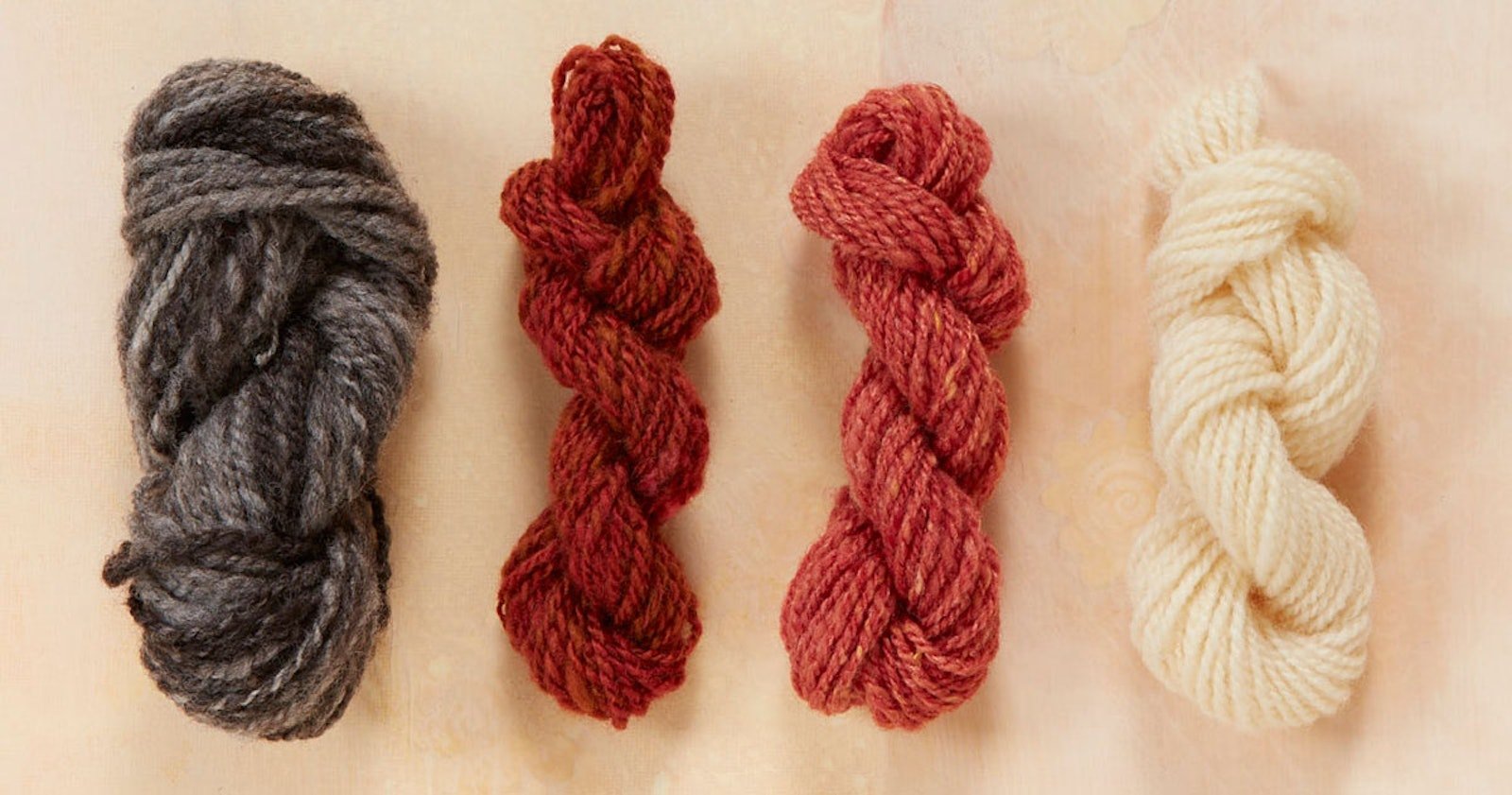
The search for new horizons, new traditions, and really, new parts of ourselves, can be absolutely intoxicating. For me, travel has always been a search for the daily life of a place and people. Understanding how those who inhabit a place interact with their environment to provide themselves with the stuff of life—food, clothing, and a means of self-expression—is to truly feel the pulse of place. Textiles connect all of these things, giving us as handspinners a unique peak into the human experience.

Learn about the yarns used in traditional Norwegian embroidery. Pictured here, gloves brought by the Halvorson family from Telemark, Norway, to La Farge, Wisconsin. Photo: Kate Larson. From the collection of the *Vesterheim Norwegian-American Museum, Decorah, Iowa.*
The summer issue of Spin-Off is full of articles that help us to experience the world through textiles. Ercil Howard-Wroth takes us to Peru, where a still-intact traditional textile culture thrives, while Christina Pappas helps us recover the important textile history of the prehistoric American southeast. Read about flax in British Columbia, thigh spinning sisal fibers in Mexico, and so much more. Whether you are experiencing textile traditions out in the world, spindle in hand, or you are exploring traditions through the pages of a magazine, you can discover connections with people in other places and other times, who like you, created cloth through the work of their hands.
-Kate Larson

